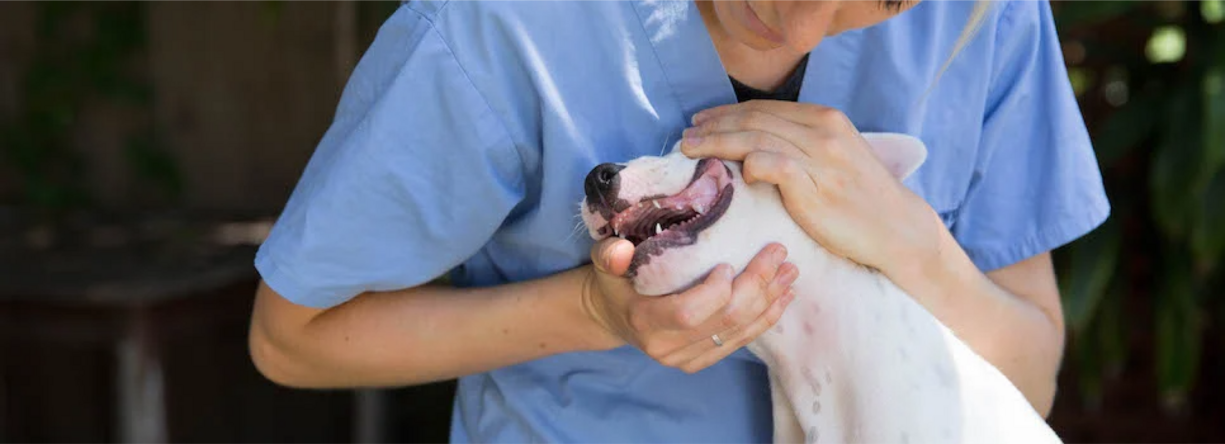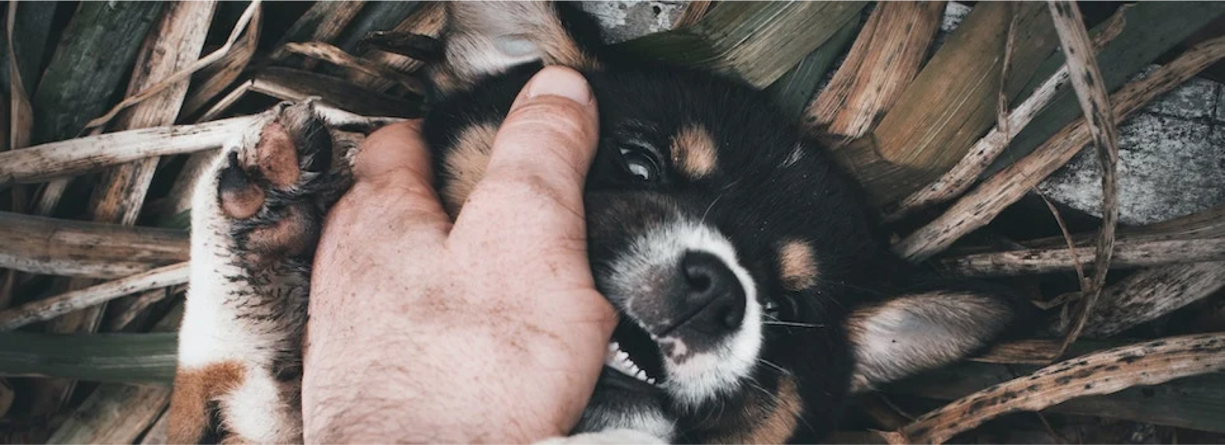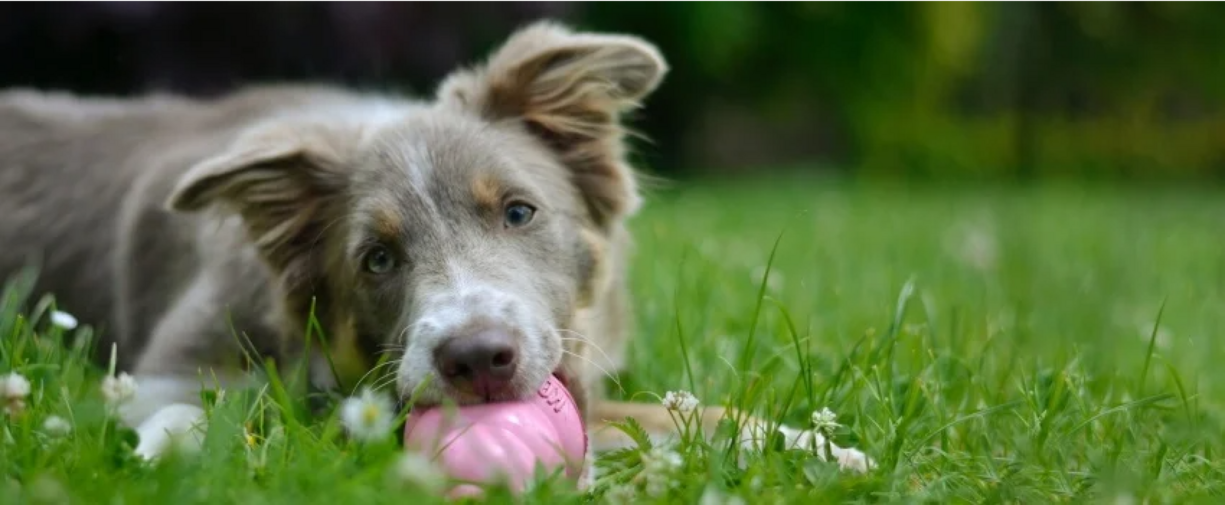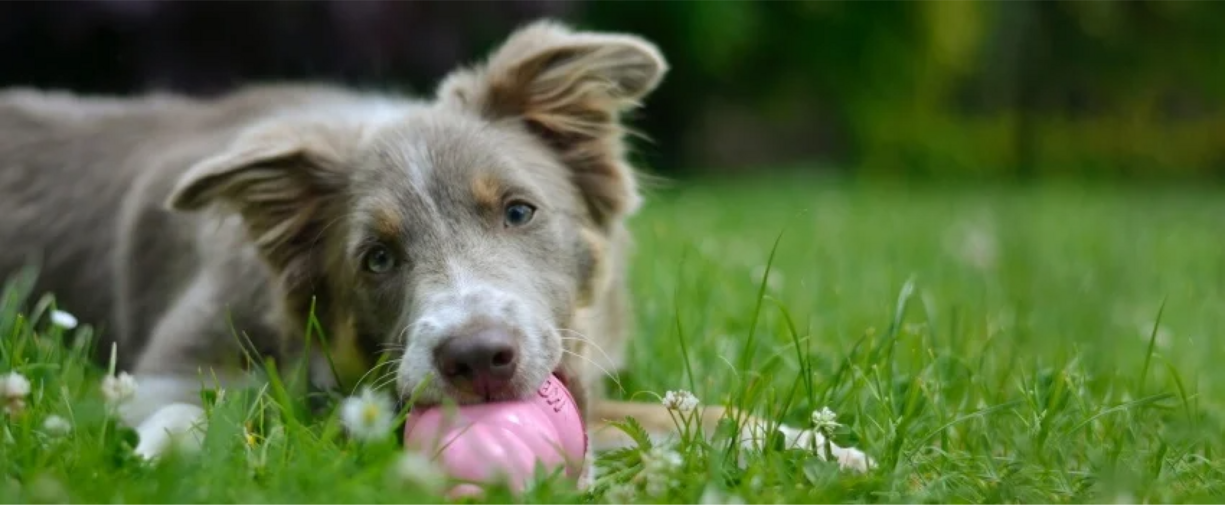Now you have your puppy home, it is time to allocate a designated sleeping area. Try to choose an area with low foot traffic, no offending odours, comfortable temperature and draught-free. The bedding should be comfortable and size appropriate for the puppy, to help them feel nice and secure. Letting your new puppy sleep on the bed can lead to behavioural problems down the track, and is best avoided. After letting your puppy settle in for a few nights, it's time to start crate training.
Why should you consider crate training your dog?
Teaching your dog to happily settle in a crate is particularly beneficial during the toilet training phase for puppies or older dogs. Crate training helps prevent destructive behaviors in instances where supervision is challenging, provides a safe and quiet resting place during bustling family activities, offers a safe means of transportation on planes or in cars, and veterinary visits. Never use the crate as a form of punishment; it is intended to be a calm and relaxed space.
What sort of crate?
For training purposes, a collapsible metal crate is recommended. Ensure the crate is appropriately sized, allowing enough room for your dog to stand up, turn around, and lie down comfortably. Puppies grow pretty quickly, so you will likely need to upsize in the future, or look for a crate with a divider panel that can be removed at a later date.
Where to locate the crate
Placing the crate inside the house is optimal, allowing your puppy or dog to feel like part of the family. Choose a quiet area close to where the family spends most of their time. Inside the crate, provide soft bedding and make sure there are no sharp pieces of metal that can cause accidental injury.
Giving the crate high value
Encourage your dog to love their crate by making it a rewarding place. A great way to do this is by giving a high-value treat and meals inside the crate. The puppy will learn that the crate is a rewarding space.
Take gradual steps:
- Pin back the crate door initially to prevent sudden closure and potential fear.
- If your puppy is unsure, place treats just outside the crate door.
- Place treats inside the crate and let your dog enter voluntarily, replacing treats frequently.
- Feed meals in the crate, encouraging your puppy to go further in each time.
- Only close the door when your puppy is comfortable, gradually increasing the time with the door shut.
- If your dog vocalises or scratches, you may be progressing too quickly; go back a few steps and try again.
- This process may take days or weeks, depending on your puppy's temperament.
- Move to the next step only when your puppy is comfortable with the present situation.
Length of time
Avoid leaving your dog in the crate for longer than they can cope. For most dogs, 3-4 hours is the maximum. For puppies, adhere to the rule of one hour for every month of age, with water available inside the crate.




